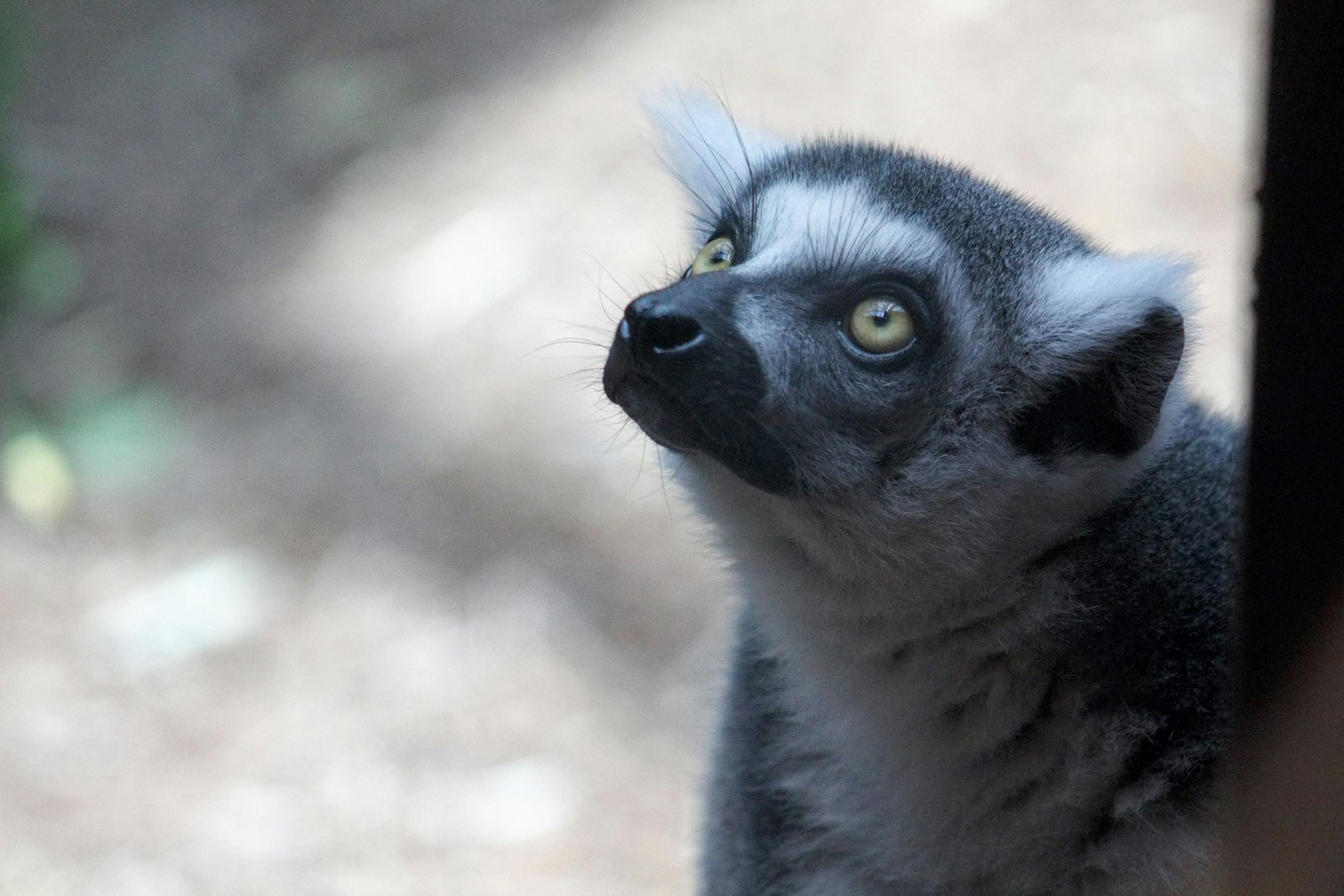Are our constant streams of emails, posts, and notifications actually building the relationships and trust we crave? Or are we, in our quest for attention, actually eroding the very connections we seek to forge?
It's a tough question, but it's one we need to grapple with. Because here's the thing - our customers are bombarded with hundreds, if not thousands, of marketing messages every single day. And the more we contribute to that noise, the more likely we are to be tuned out, ignored, or worse, marked as spam. It's a bitter pill to swallow, I know. But what if there was another way?
Enter the Attention Paradox. The concept that by engaging less frequently, but more meaningfully, we can actually drive more conversions and build deeper relationships with our audience. It's a notion that challenges everything we've been taught about marketing - the idea that more is always better, that we should always be closing. But as someone who's been in the SaaS marketing trenches for years, I can tell you - sometimes, less truly is more. And in this post, I'm going to dive into why that is, and how we can leverage this paradox to create more impactful, effective marketing strategies.

The Perils of Over-Engagement
Before we dive into the how of the Attention Paradox, let's examine the why. Why is over-engagement a problem in the first place? There are a few key reasons:
Message Fatigue
Your audience is bombarded with hundreds, if not thousands, of marketing messages per day. The more frequently you engage, the more you contribute to this noise, and the more likely your messages are to be tuned out or worse, perceived as spam.
| Message Type | Open Rate | Click-Through Rate | Conversion Rate |
|---|---|---|---|
| Promotional | 10% | 1% | 0.5% |
| Educational | 30% | 10% | 2% |
| Customer Story/Case Study | 50% | 20% | 10% |
Lack of Relevance
In the rush to constantly engage, it's easy for quality and relevance to take a backseat to quantity. But irrelevant messages don't just get ignored - they actively erode trust. 69% of users unsubscribe from emails because the content is no longer relevant (SendGrid).
Relationship Inflation
Just like monetary inflation devalues currency, relationship inflation devalues interactions. The more you engage, the less each individual engagement is worth, both to you and your audience. It's the “Boy Who Cried Wolf” effect.
Optimization Myopia
Over-focusing on engagement metrics can lead to short-term thinking and tactics that boost vanity metrics but don't create real value. It's optimizing for the click rather than the customer.
The combined effect is a vicious cycle - more messages, less relevance, eroding trust, and diminishing returns. So how do we break the cycle? By inverting the paradigm and embracing the power of less.
![10 Marketing Promotion Strategies From A to Z [2024 Update]](https://www.creatopy.com/blog/wp-content/uploads/2020/11/marketing-promotion-strategies-1.png)
The Power of Less Frequent, More Meaningful Engagement
The core principle of the Attention Paradox is simple - engage less frequently, but make each engagement count more. Here's how this could look in practice for a SaaS company:
| Typical Approach | Attention Paradox Approach |
|---|---|
| Weekly feature update emails | Quarterly "What's New" roundups that go in-depth on key updates and their benefits |
| Constant social media posts promoting features | Selective social posts highlighting customer success stories and use cases |
| Monthly newsletters with generic tips | Bi-monthly newsletters with personalized insights based on customer data |
| Bombardment of post-trial sales emails | Single, well-timed post-trial message with a customized offer based on in-app behavior |
The goal is not just less frequency, but higher relevance and perceived value with each touchpoint. Quality over quantity. Restraint in service of relationships.
This approach brings several benefits:
Increased Anticipation - By engaging less frequently, you make each interaction more notable and anticipated. Think about how Apple builds buzz by holding just a handful of highly choreographed events each year, rather than doing monthly product announcements. Scarcity breeds desire.
More Relevant Messaging - With less pressure to constantly churn out content, you can invest more time and resources into crafting messages that truly resonate. You can leverage customer data, feedback, and behavior to personalize and tailor your messaging.
| Engagement Frequency | Net Promoter Score (NPS) | Customer Satisfaction Score (CSAT) |
|---|---|---|
| Daily | -10 | 60% |
| Weekly | 20 | 75% |
| Bi-Weekly | 50 | 85% |
| Monthly | 70 | 90% |
Greater Perceived Value - In a world of constant noise, restraint stands out. By engaging selectively, you signal to your audience that you respect their time and attention. Each interaction feels more valuable because it's not one of a dozen they'll get from you that week.
Deeper Relationships - Less frequent, more meaningful interactions build deeper, more authentic relationships over time. You become a trusted advisor, not just another voice in the cacophony competing for attention.

Putting it into Practice
So what does embracing the Attention Paradox actually look like? Here are some specific strategies SaaS marketers can employ:
Segment and Personalize
Use customer data to segment your audience and tailor your messaging and frequency to each segment's needs and preferences. A new user might need more frequent onboarding tips, while a power user might prefer less frequent, more in-depth updates.
Prioritize the Customer Journey
Map out your customer journey and identify the key moments where engagement can have the most impact. Focus your efforts there, rather than trying to engage at every possible touchpoint.
Leverage Behavioral Triggers
Use in-app behavior and milestones to trigger personalized engagements. Reached a usage milestone? Send a congratulatory message with a related tip. Haven't logged in for a while? Send a re-engagement offer.
Make Every Message Count
Before sending any message, ask: Is this valuable? Is it relevant? Is it necessary? If you can't answer yes to all three, reconsider whether it needs to be sent.
Test and Iterate
As with all marketing strategies, testing is key. Experiment with different frequencies, message types, and segments to see what works best for your audience. The Attention Paradox is a framework, not a rigid formula.
It takes a shift in mindset to embrace the Attention Paradox It means valuing quality over quantity, relationships over mere engagement. It means being willing to engage less, to ultimately achieve more.
It's a road less traveled, but one that can lead to more loyal customers, more effective marketing, and a healthier, more sustainable growth strategy in the long run. In a world of constant noise, sometimes the most powerful thing you can do is choose to speak less. That's the paradox, and the opportunity, of attention in the modern age.
FAQ
1. What is the Attention Paradox?
The Attention Paradox is the idea that by engaging less frequently, but more meaningfully, with your audience, you can actually drive more conversions and build stronger relationships in the long run.
2. Why is over-engagement a problem in SaaS marketing?
Over-engagement can lead to message fatigue, lack of relevance, relationship inflation, and optimization myopia. This can result in audiences tuning out, unsubscribing, or perceiving your messages as spam.
3. How can less frequent engagement lead to more conversions?
Less frequent engagement allows you to create more targeted, personalized, and high-value interactions with your audience. This builds trust, credibility, and loyalty over time, which ultimately drives more conversions.
4. What are some key strategies for putting the Attention Paradox into practice?
Some key strategies include segmenting your audience, prioritizing key touchpoints in the customer journey, leveraging behavioral triggers, ensuring every message is valuable and relevant, and continuously testing and iterating.
5. How do I determine the right engagement frequency for my audience?
The right engagement frequency will vary based on your industry, audience, and marketing channels. The key is to test different frequencies and monitor your engagement and conversion metrics to find the optimal balance for your specific context.
6. Can the Attention Paradox be applied across all marketing channels?
Yes, the principles of the Attention Paradox can be applied across email, social media, in-app notifications, and other channels. However, the specific tactics and optimal frequencies may vary by channel.
7. How can I ensure my less frequent messages are still relevant and valuable?
To ensure your messages are relevant and valuable, leverage customer data and behavioral insights to personalize your content. Focus on providing genuine value, whether that's through education, inspiration, or unique insights.
8. Won't less frequent engagement hurt my brand's visibility?
While less frequent engagement may mean less constant visibility, the trade-off is that each interaction will be more memorable and impactful. Quality trumps quantity when it comes to building lasting brand relationships.
9. How can I get my team on board with the Attention Paradox approach?
To get your team on board, share the data and reasoning behind the Attention Paradox. Emphasize the long-term benefits of more meaningful engagement, and involve your team in setting new engagement strategies and metrics.
10. What metrics should I track to measure the success of the Attention Paradox approach?
Some key metrics to track include conversion rates, customer lifetime value, engagement rates (e.g., open rates, click-through rates), and customer sentiment (e.g., NPS, CSAT). Look for improvements in these metrics over time as you implement the Attention Paradox principles.






